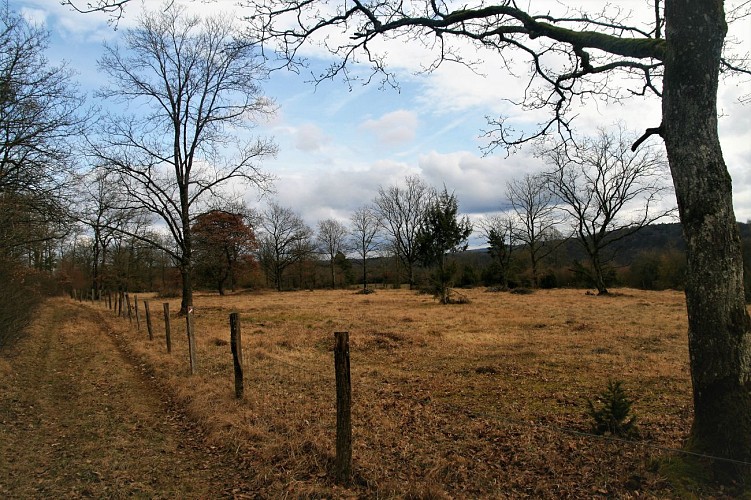Alert
Alerts
Chalk grasslands

Description
The limestone plateau on which you are standing was once covered by beechwoods very similar to those you encountered on your way uphill. Deforestation, whether for agricultural or industrial purposes, brought about a significant transformation in our sylvan landscape. Intensive deforestation accompanied by years of cultivation and the creation of pastures prevented the forests from reclaiming their former territory. These wide pasture lands were ideal for grazing sheep and goats. The flocks were watched over by herders who would regularly burn off the tough, dried-up grass in winter to encourage new growth of tender young shoots for their flocks to graze on during the following summer. Chalk grassland is thus a semi-natural environment in which native plants have thrived but which could not be maintained without human intervention.
Good to know :
Chalk grassland is very popular with botanists, who enjoy studying the wealth of flora and fauna it has to offer. Its limestone soil is fairly shallow, stony and reaches very high temperatures in summer. These are ideal conditions for calcicolous (chalk-loving) and thermophilic (heat-loving) plants, which are particularly well suited to these harsh conditions (small, fine leaves, sometimes hairy, waxy or succulent). The typical kind of plant you are likely to encounter here is the juniper.
Technical Information
Altimetric profile
IGN cards






Data author
